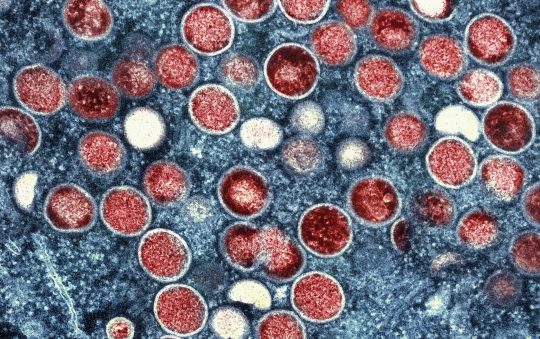
The Ebola virus which took thousands of lives in West Africa has resurfaced in Central Africa. This time, health officials are ready to put an experimental drug to the test.
The outbreak, which has caused at least 19 deaths and 39 confirmed and suspected cases, was reported in the Democratic Republic of the Congo’s (DRC) Bikoro Health Zone, Equateur Province between April 4 and May 13, according to the World Health Organization (WHO).
The drug, known as rVSV-ZEBOV, was developed over a decade ago by the National Microbiology Laboratory in Winnipeg, Manitoba and is now licensed to Merck to help protect people who have not yet been infected with Ebola.
It was proven safe and effective when first used in Guinea in 2015. Some 1,510 individuals were vaccinated between March 17 and April 21. Guinea was declared Ebola virus disease-free on Dec. 29. The trial ended on Jan. 20, 2016.
Others working with WHO are Gavi, the Vaccine Alliance; Médecins Sans Frontières; and the DRC’s Ministry of Health to introduce the shot, a WHO spokesperson confirmed Monday.
A “ring vaccination” approach around the epicenter of the outbreak in the Congo, will be used. But because Merck’s Ebola shot hasn’t yet won regulatory approval, officials must obtain an importation license, plus establish a “formal agreement on the research protocols,” WHO spokesperson Tarik Jašarević told FiercePharma.
Tedros Adhanom Ghebreyesus, the director-general of the world health body, said the WHO has a stockpile of 4,300 doses of the vaccine in Geneva; the company also has 300,000 doses of the vaccine stockpiled in the U.S.
The “ring vaccination” approach was a strategy used in 1977 to control smallpox. The idea is to vaccinate people who know someone who has been infected and the people who know those people, in an expanding “ring” around the infections.
So far, 393 people have been identified as part of the “ring” around people who are known or suspected to have been infected in the Congo.






